
Kotlin is an opensource language with its own community and documentation, Kotlin is the better fit for developing Android applications, Kotlin does not provide any restriction while using in android platform.
Major reasons why Google introduces Kotlin to android
Performance : Kotlin also has bytecode structure as like Java. With kotlin support for inline functions code using lambads often runs even faster than the same code written in java
Interoperability (Able to switch) : Kotlin is 100% interoperable with java, allowing using the all android libraries in kotlin application, this includes annotation processingm, so databinding and dagger work too.
Compilation Time : Kotlin support incremental compilation, so some additional overheads for clean builds.
Installing the kotline plugin
Safer Code
Write safer code and avoid NullPointerExceptions in your app.
Focus on expressing your ideas and wirte less boilerplate code.
Lambdas
Use lambdas to simplify your code.
Reduce the number of overloaded functions by using default arguments.
Call functions using named arguments to make your code more readable.
Avoid findViewById() calls in your code. Focus on writing on your logic with less verbosity.
Extend functionality without inheritance
Extension functions and properties let you easily extends functionality of classes without inheriting from them. calling code is readable and natural.
Add as tittle or as much of Kotlin as you want. Kotlin is a JVM language that's completely interoperable with Java.
Kotlin has a rather small runtime file size : the library is approximately 932KB. this means kotlin adds just a little to .apk file size.
Kotlin compiler produces bytecode, thus there really no-difference in look and feel of kotlin applications verses those written in java
kotlin plugin is bundled with Android Studio 3.0, if you're using the earlier version you have to install manually,
Goto Preferances > Plugin > Browse Repositories > type Kotlin > Install
Goto Preferances > Plugin > Browse Repositories > type Kotlin > Install
Safer Code
Write safer code and avoid NullPointerExceptions in your app.
var output: String
output = null // Compilation error
==================================
val name: String? = null // Nullable type
println(name.length()) // Compilation errorFocus on expressing your ideas and wirte less boilerplate code.
// Create a POJO with getters, setters, equals(), hashCode(), toString(), and copy() with a single line:
data class User(val name: String, val email: String)Use lambdas to simplify your code.
button.setOnClickListener(new View.OnClickListener(){
@Override
public void onClick(View v){
doSomething();
}
});
button.setOnClickListener { doSomething() }
Reduce the number of overloaded functions by using default arguments.
Call functions using named arguments to make your code more readable.
fun format(str: String,
normalizeCase: Boolean = true,
upperCaseFirstLetter: Boolean = true,
divideByCamelHumps: Boolean = false,
wordSeparator: Char = ' ') {
…
}
==================================
// Call function with named arguments.
format(str, normalizeCase = true, upperCaseFirstLetter = true)Avoid findViewById() calls in your code. Focus on writing on your logic with less verbosity.
import kotlinx.android.synthetic.main.content_main.*
class MainActivity : AppCompatActivity() {
override fun onCreate(savedInstanceState: Bundle?) {
super.onCreate(savedInstanceState)
setContentView(R.layout.activity_main)
// No need to call findViewById(R.id.textView) as TextView
textView.text = "Kotlin for Android rocks!"
}
}
Extend functionality without inheritance
Extension functions and properties let you easily extends functionality of classes without inheriting from them. calling code is readable and natural.
// Extend ViewGroup class with inflate function
fun ViewGroup.inflate(layoutRes: Int): View {
return LayoutInflater.from(context).inflate(layoutRes, this, false)
}
==================================
// Call inflate directly on the ViewGroup instance
override fun onCreateViewHolder(parent: ViewGroup, viewType: Int): ViewHolder {
val v = parent.inflate(R.layout.view_item)
return ViewHolder(v)
}
Add as tittle or as much of Kotlin as you want. Kotlin is a JVM language that's completely interoperable with Java.
// Calling Java code from Kotlin
class KotlinClass {
fun kotlinDoSomething() {
val javaClass = JavaClass()
javaClass.javaDoSomething()
println(JavaClass().prop)
}
}
==================================
// Calling Kotlin code from Java
public class JavaClass {
public String getProp() { return "Hello"; }
public void javaDoSomething() {
new KotlinClass().kotlinDoSomething();
}
}
Building and Publishing the Kotlin application for android
This works same wa as in java. You can make a release of the application and sign in similarly to way what you do applications written in java
Kotlin has a rather small runtime file size : the library is approximately 932KB. this means kotlin adds just a little to .apk file size.
Kotlin compiler produces bytecode, thus there really no-difference in look and feel of kotlin applications verses those written in java




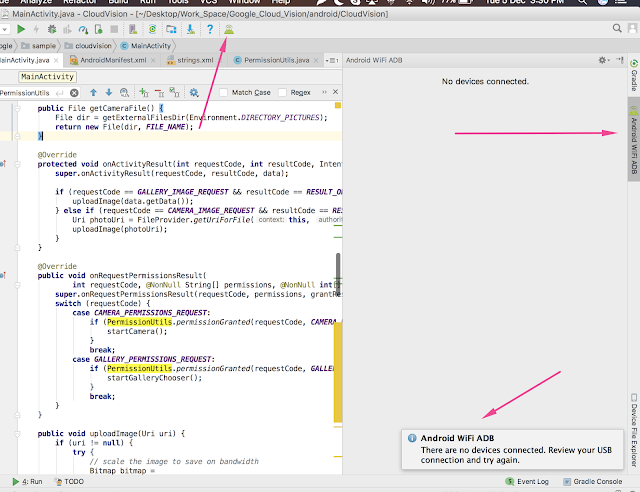


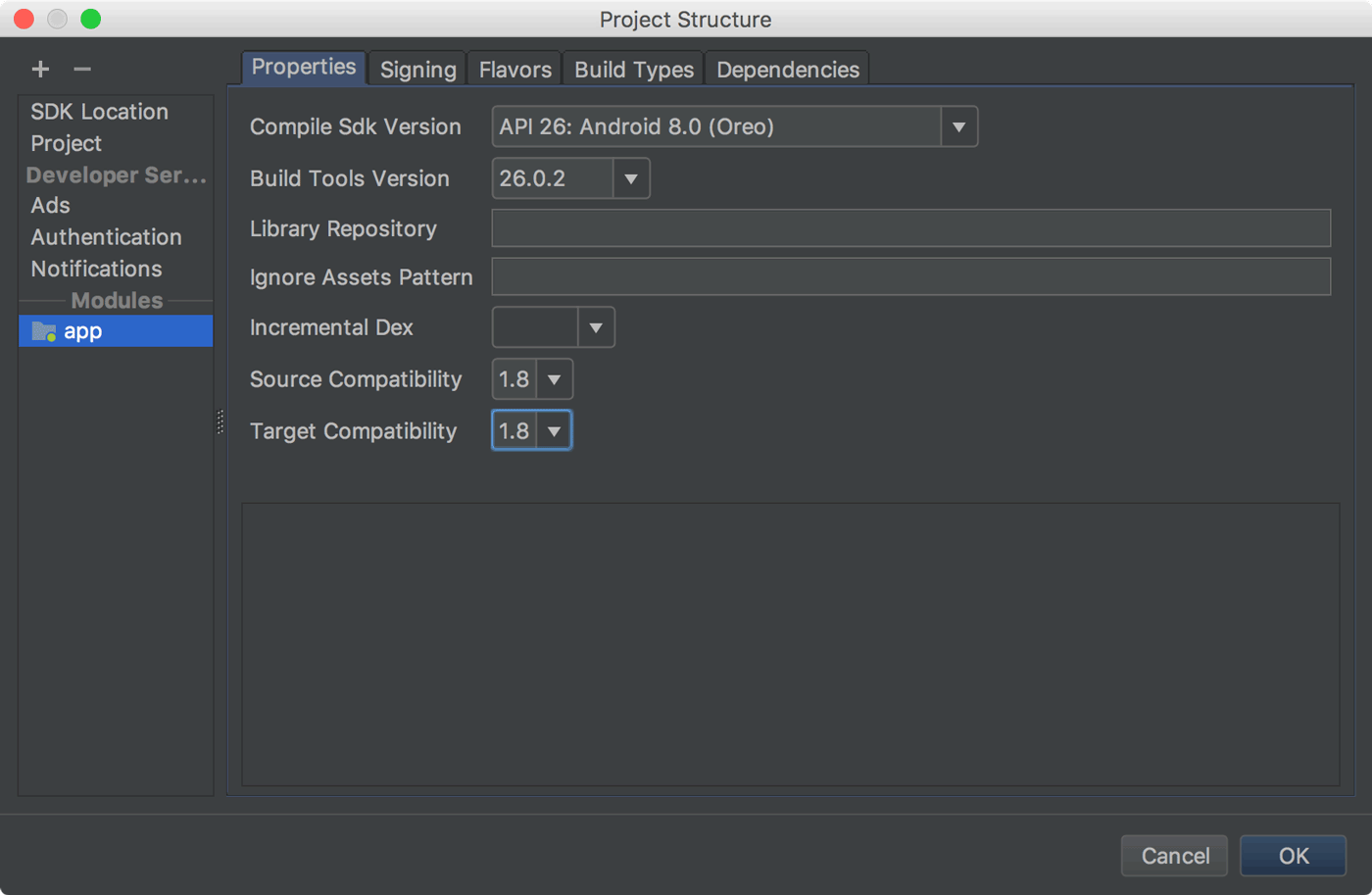
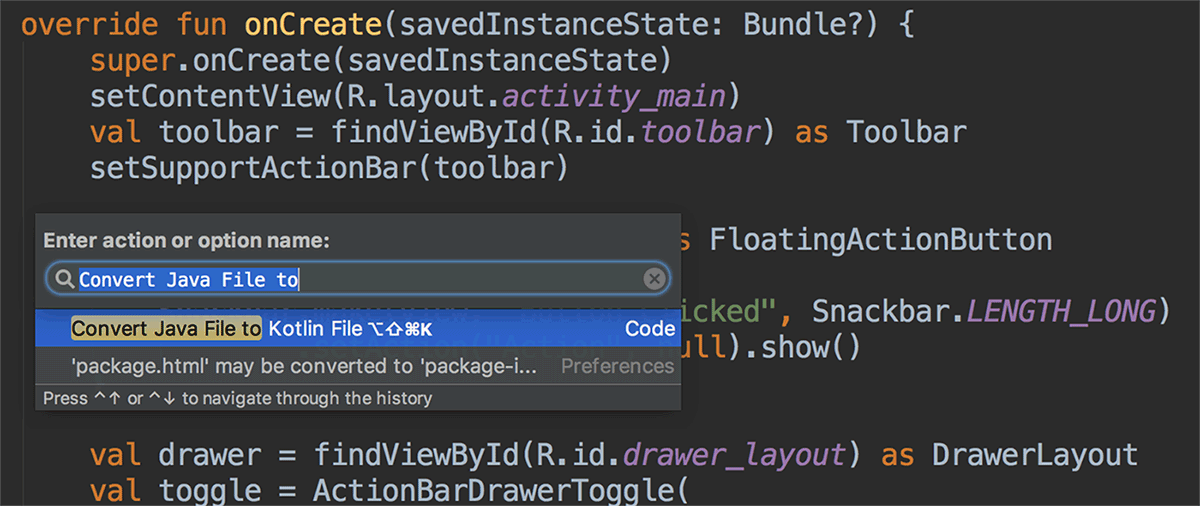
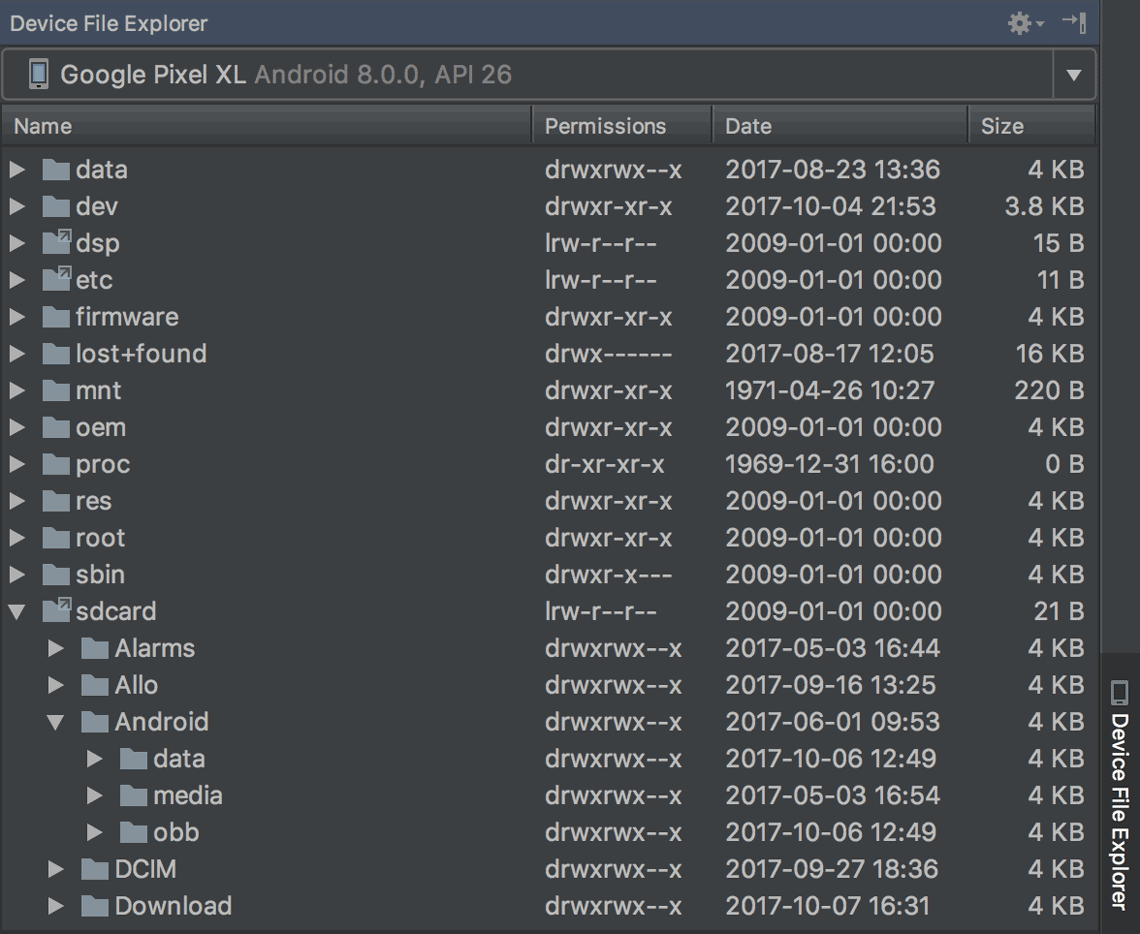


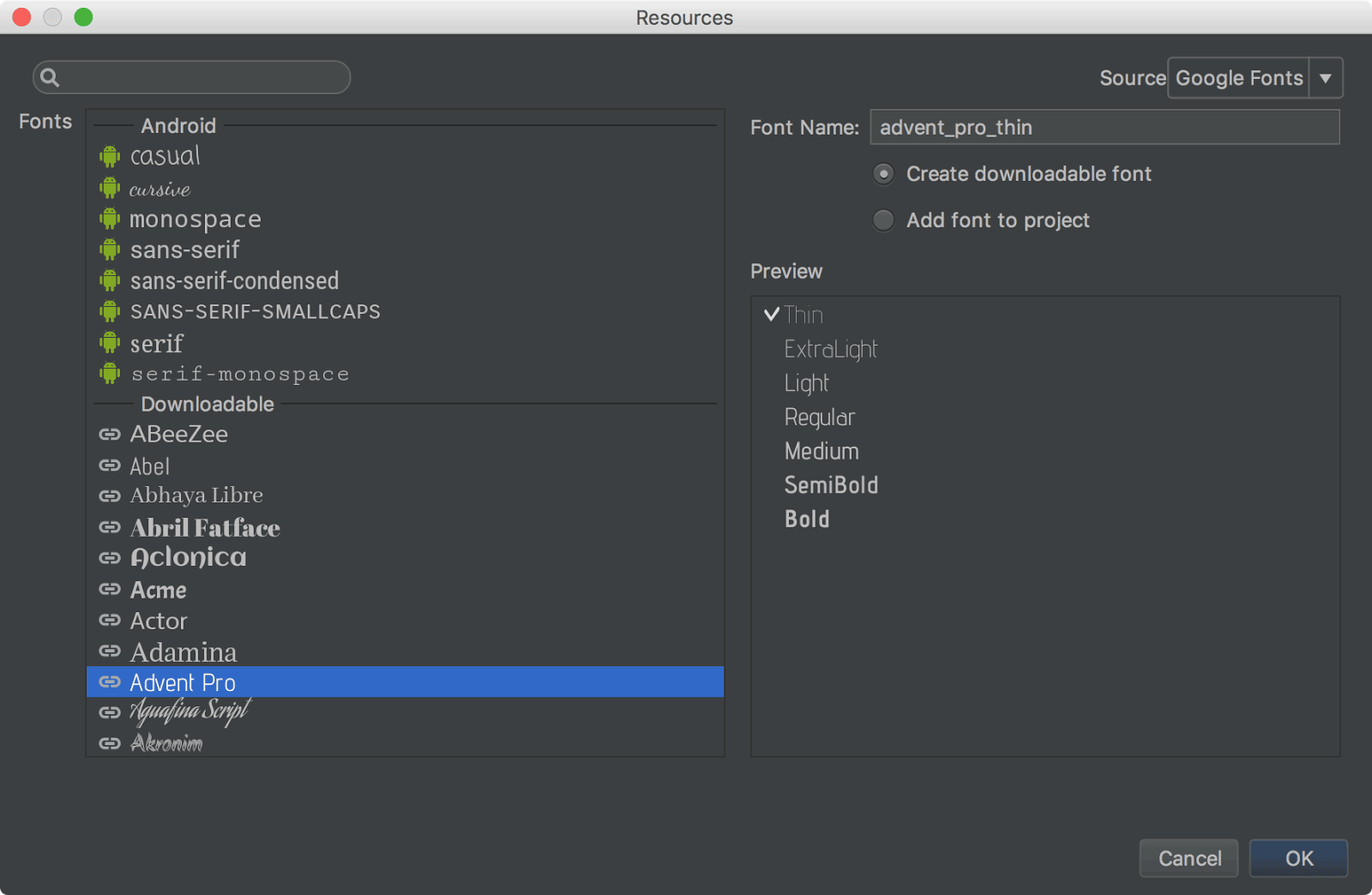


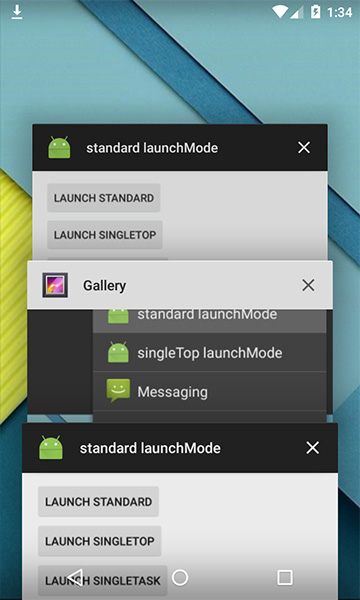 An example of this kind of activity is a Compose an Email Activity or a Social Network's status Posting activity. If you think about an activity that can work separately to serve an separate Intent, think about standard one.
An example of this kind of activity is a Compose an Email Activity or a Social Network's status Posting activity. If you think about an activity that can work separately to serve an separate Intent, think about standard one.


